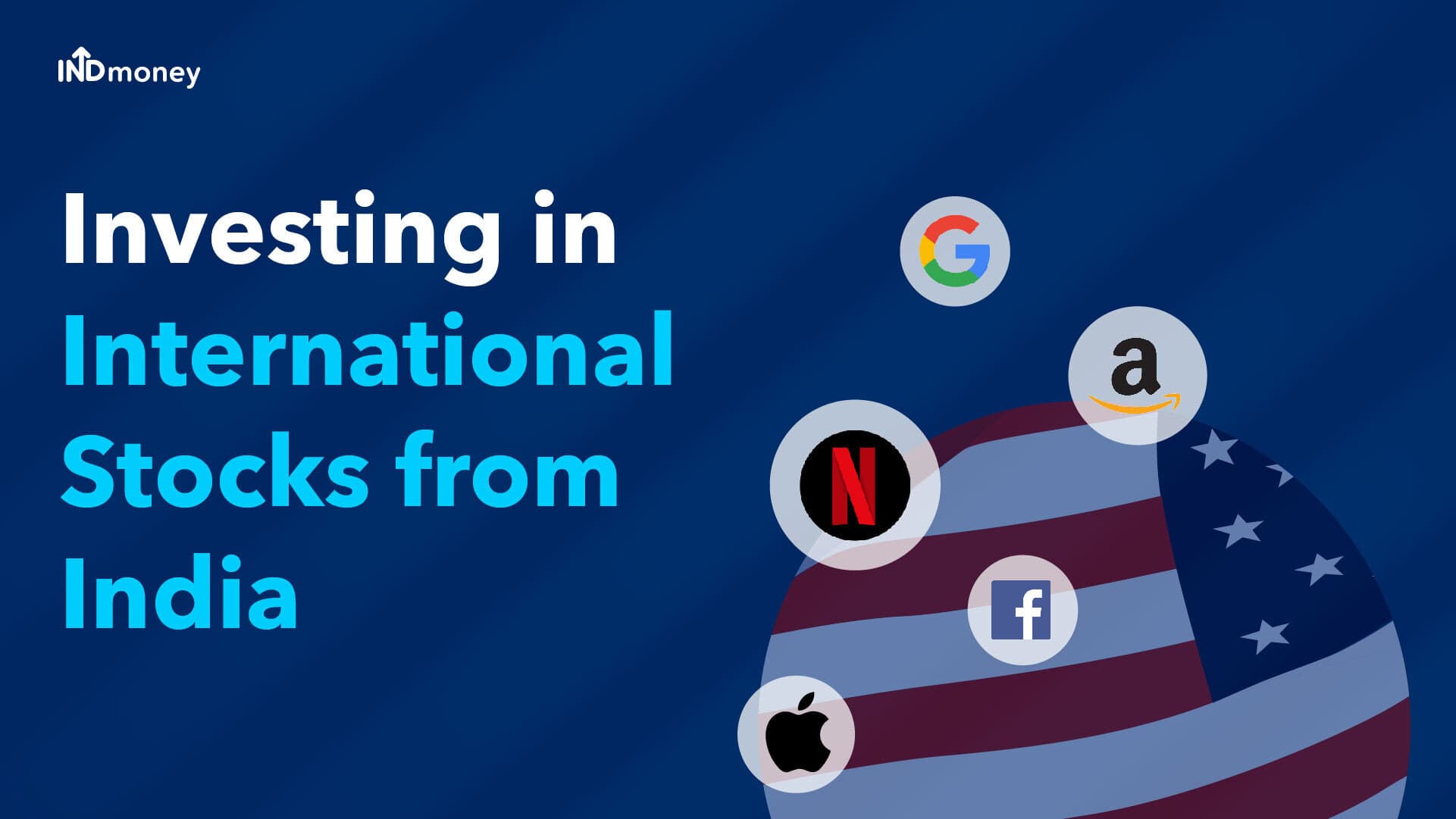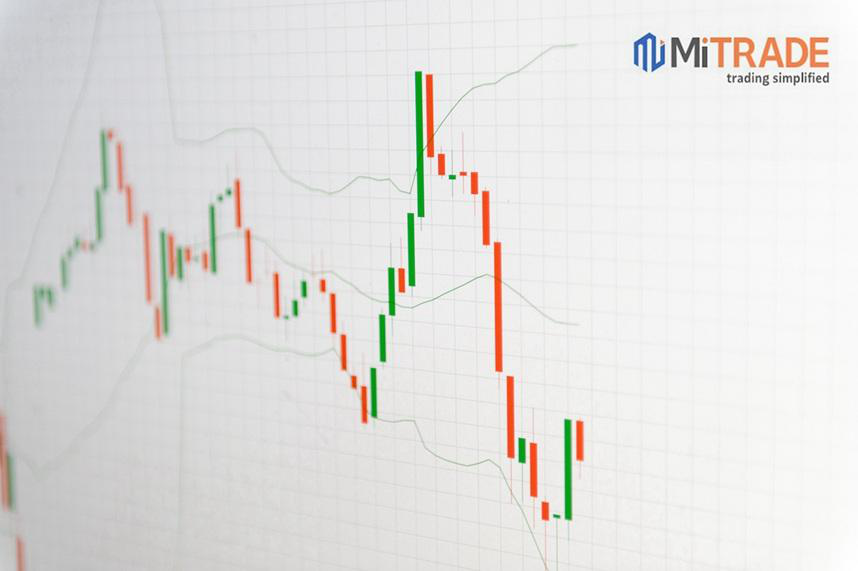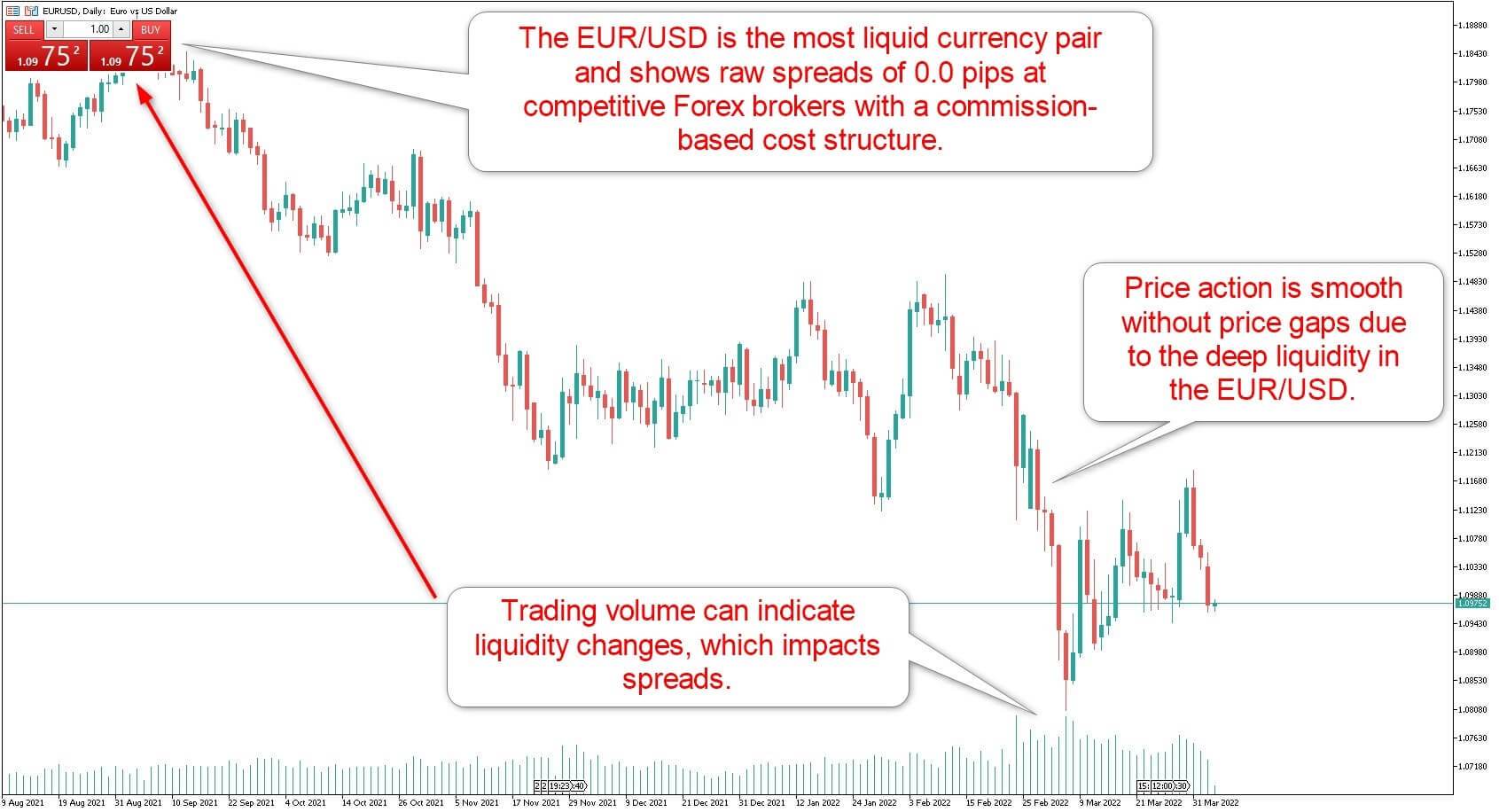
If you have $10,000 to invest in an i Bond, you will get $481 in interest in the next six-months. This bond cannot be redeemed until it has been held for at least one year. The interest rate you receive is not guaranteed, so it could go up or down depending on what happens in the financial markets. How can you determine if an ibond is right for your needs? This article will outline the most important aspects of an I bond.
Index ratio for i bond
An index ratio for an i-bond is one way to assess inflation risk. Inflation can affect the price of a bond, causing its real value to fall. Investors should be wary of inflation, particularly in high inflation regions. If inflation occurs in an i bond's last interest period, the payout may also drop. Investors should therefore be mindful of this risk. Indexing the payments can mitigate this risk.
An index-linked bond has many advantages, but it is important to understand why it is more attractive to investors. Inflation compensation is one of the main reasons that people choose indexed bonds over conventional bonds. Many bondholders are concerned about unexpected inflation. Individuals' expectations of rising inflation depend on how the economy is doing and whether the credibility of the monetary authorities. Some countries have explicit inflation targets that central banks are mandated to meet.

Every month, interest accrues
It is important to know how to calculate monthly interest when buying an I bond. This will help determine how much interest your year will cost. Because they don't pay taxes until the redemption of the bond, many investors prefer the cash method. This method can be used to help estimate the future interest rate. This information can be used to help you get the best possible price for your bonds, when you are selling them.
I bonds earn interest monthly from the date of their issue. It is compounded semiannually, meaning that interest is added to the principal every six months, making them more valuable. The interest is not paid in separate payments, but it is credited directly to the account on each month since the bond was first issued. The interest on an I bonds accumulates every month.
Duration of i bond
The average of the coupon and maturity payments is the length of an i -bond. This is a common measure that measures risk. It gives an indicator of the bond's maturity and interest-rate risk. It is also called the Macaulay length. It's generally true that the bond is more sensitive to changes in the interest rate if it has a longer duration. But how does one calculate duration?
The duration (or i)bond) is a measure of how much a bonds price will change in response to changes at interest rates. It is useful when investors are looking for a quick way to measure the impact of a small or sudden change in interest rates, but is not always accurate enough to accurately estimate the impact of large changes in interest rates. The relationship between a bond's yield and its price is convex as illustrated by the "Yield2" dotted line.

Price of an i-bond
The price of an I bond is a term that has two major meanings. The first is the actual price paid by the issuer of the bond. This price is in effect until the bond matures. The "derived" price is the second meaning. This is the price that is calculated by combining the bond's actual price with other variables like the coupon rate and maturity date. This is a widely used price in the bond market.
FAQ
How are share prices set?
Investors are seeking a return of their investment and set the share prices. They want to make money with the company. So they purchase shares at a set price. The investor will make more profit if shares go up. If the share price goes down, the investor will lose money.
An investor's main goal is to make the most money possible. This is why investors invest in businesses. They can make lots of money.
Who can trade in the stock market?
Everyone. There are many differences in the world. Some have better skills and knowledge than others. They should be rewarded.
Trading stocks is not easy. There are many other factors that influence whether you succeed or fail. If you don’t have the ability to read financial reports, it will be difficult to make decisions.
This is why you should learn how to read reports. You need to know what each number means. You must also be able to correctly interpret the numbers.
You will be able spot trends and patterns within the data. This will help to determine when you should buy or sell shares.
And if you're lucky enough, you might become rich from doing this.
What is the working of the stock market?
Shares of stock are a way to acquire ownership rights. Shareholders have certain rights in the company. He/she is able to vote on major policy and resolutions. He/she can seek compensation for the damages caused by company. And he/she can sue the company for breach of contract.
A company cannot issue more shares that its total assets minus liabilities. It's called 'capital adequacy.'
A company with a high capital adequacy ratio is considered safe. Companies with low capital adequacy ratios are considered risky investments.
What's the difference between marketable and non-marketable securities?
The key differences between the two are that non-marketable security have lower liquidity, lower trading volumes and higher transaction fees. Marketable securities, however, can be traded on an exchange and offer greater liquidity and trading volume. You also get better price discovery since they trade all the time. However, there are many exceptions to this rule. Some mutual funds, for example, are restricted to institutional investors only and cannot trade on the public markets.
Non-marketable securities tend to be riskier than marketable ones. They are generally lower yielding and require higher initial capital deposits. Marketable securities are usually safer and more manageable than non-marketable securities.
A large corporation may have a better chance of repaying a bond than one issued to a small company. The reason for this is that the former might have a strong balance, while those issued by smaller businesses may not.
Because of the potential for higher portfolio returns, investors prefer to own marketable securities.
Statistics
- Even if you find talent for trading stocks, allocating more than 10% of your portfolio to an individual stock can expose your savings to too much volatility. (nerdwallet.com)
- For instance, an individual or entity that owns 100,000 shares of a company with one million outstanding shares would have a 10% ownership stake. (investopedia.com)
- US resident who opens a new IBKR Pro individual or joint account receives a 0.25% rate reduction on margin loans. (nerdwallet.com)
- Ratchet down that 10% if you don't yet have a healthy emergency fund and 10% to 15% of your income funneled into a retirement savings account. (nerdwallet.com)
External Links
How To
How to Invest in Stock Market Online
One way to make money is by investing in stocks. There are many ways you can invest in stock markets, including mutual funds and exchange-traded fonds (ETFs), as well as hedge funds. The best investment strategy depends on your risk tolerance, financial goals, personal investment style, and overall knowledge of the markets.
You must first understand the workings of the stock market to be successful. This involves understanding the various types of investments, their risks, and the potential rewards. Once you've decided what you want out your investment portfolio, you can begin looking at which type would be most effective for you.
There are three main categories of investments: equity, fixed income, and alternatives. Equity is ownership shares in companies. Fixed income is debt instruments like bonds or treasury bills. Alternatives include things like commodities, currencies, real estate, private equity, and venture capital. Each category has its own pros and cons, so it's up to you to decide which one is right for you.
Two broad strategies are available once you've decided on the type of investment that you want. The first is "buy and keep." This means that you buy a certain amount of security and then you hold it for a set period of time. Diversification refers to buying multiple securities from different categories. If you buy 10% each of Apple, Microsoft and General Motors, then you can diversify into three different industries. Buying several different kinds of investments gives you greater exposure to multiple sectors of the economy. You can protect yourself against losses in one sector by still owning something in the other sector.
Risk management is another key aspect when selecting an investment. You can control the volatility of your portfolio through risk management. If you were only willing to take on a 1% risk, you could choose a low-risk fund. On the other hand, if you were willing to accept a 5% risk, you could choose a higher-risk fund.
Your money management skills are the last step to becoming a successful investment investor. Managing your money means having a plan for where you want to go financially in the future. A plan should address your short-term and medium-term goals. It also needs to include retirement planning. This plan should be adhered to! Keep your eyes on the big picture and don't let the market fluctuations keep you from sticking to it. Stick to your plan and watch your wealth grow.